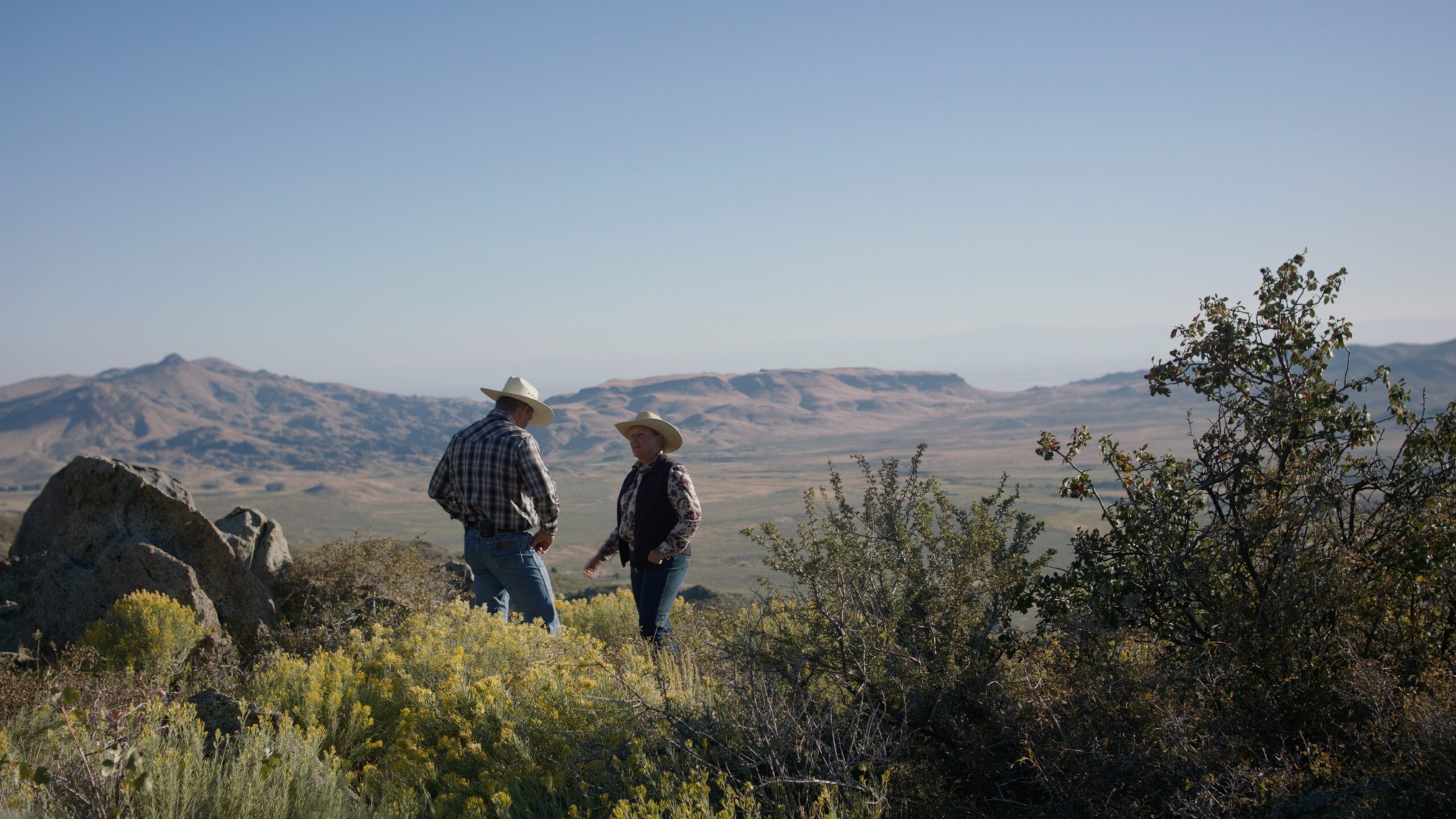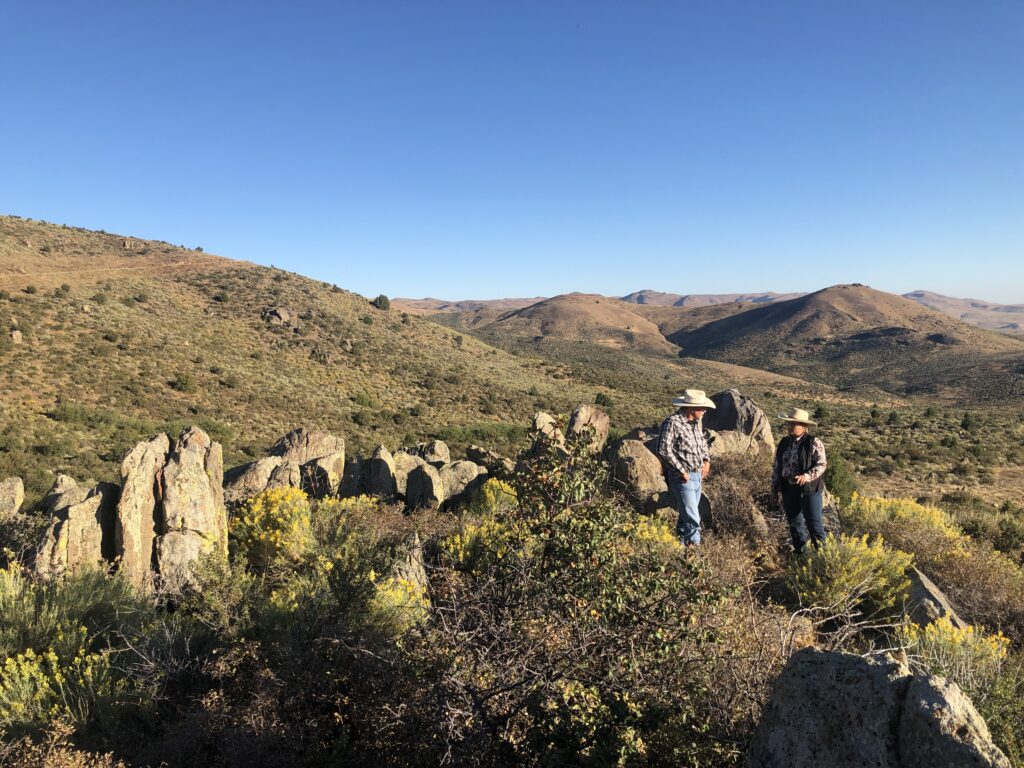
Field Notes
By Brenda Richards, Idaho Rangeland Conservation Partnership Coordinator
Conserving and restoring healthy rangelands is a community-scale effort that depends on people in many roles, from restoration crews and wildland firefighters to land managers, permit specialists, agency staff, and landowners. One of the most vital—and often overlooked—roles is that of the facilitator: someone skilled at bringing diverse interests into the same room to navigate differing opinions, build understanding, and find options to move forward together.
Brenda Richards, a lifelong Idaho rancher, has spent more than 35 years doing exactly that. As Coordinator of the Idaho Rangeland Conservation Partnership (IRCP), she brings together landowners, agencies, recreation groups, and conservationists to work through thorny disagreements and make collaborative decisions about the future of the range.
Here, she shares five lessons in conservation facilitation, conflict resolution, and collective decisionmaking drawn from her decades of experience helping people find common ground.
Lesson 1: Make Room for the Whole Table
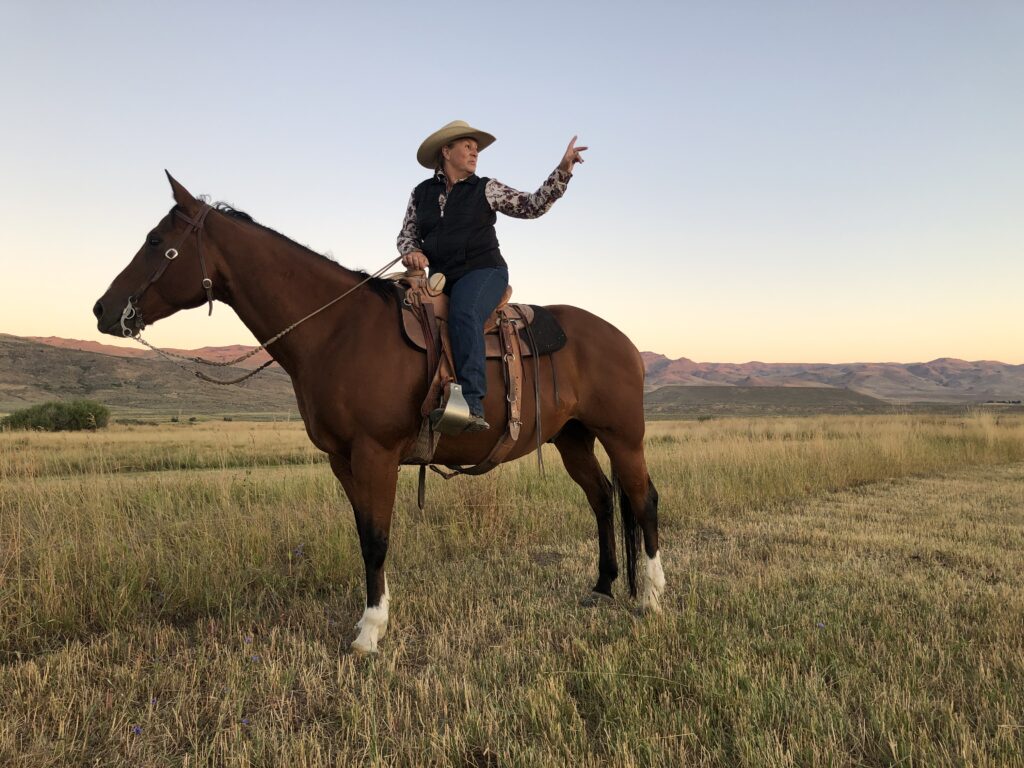
“In my position as the Idaho Rangeland Conservation Partnership Coordinator, I can get people together by calling a meeting and we can all sit down and have a conversation. I can encourage folks by saying, ‘let’s bubble ideas, let’s circulate, let’s talk about what we have in common and what we’re looking to do.’ You need that place for open dialogue where it’s non-judgmental and non-threatening, but you also need the understanding that different entities have different needs. Agencies have rules and regulations they have to follow; communities need sustainability; ranchers need to have a bottom dollar and have some assurances. There’s always this understanding. And to me that’s the exciting part: having people learn about how each group is approaching the same subject, and then figuring out how to move it forward.”
“What really excited me about IRCP is that it builds on my 35 years of experience bringing together diverse groups—conservationists, academics, landowners, agencies—to find common ground and move things forward. One of the key lessons I’ve learned is that sometimes, you have to leave your baggage at the door and focus on what you can achieve together.”
Lesson 2: Start with Shared Humanity and Love for the Land
“Sometimes it’s scary to approach somebody who might have a differing opinion about the area, a natural resource, or a project. The trick is diving into understanding, because everybody on a natural resource issue generally has some passion behind it. It’s about understanding what makes them excited about the land, and opening that dialogue. Just knowing that it’s one human being talking to another human being is huge, but it’s often one of the scariest steps. Oftentimes with a couple key questions you can get to a common thread to follow—you get rid of all of the frayed edges and follow the thread, because you can build on it. If you’re just focusing on things you can’t agree on or the things that you can’t fully understand, it becomes difficult to find the common thread to work toward the end goal. It all starts with asking questions like, ‘what do you love about this spot, this land?’”
“For example, we’ll be moving cattle and we might get ATV riders coming through. Now their initial reaction might be irritation, because we have 500 head of cattle on the road stalling your ride! But just going over and having a conversation like, ‘hey, we really appreciate that you’re waiting; we keep our cattle on the road to keep them out of sensitive riparian areas, and it won’t take us long to be out of here…And if you need to work through our cattle, here’s the best way to go through.’ All of a sudden, it’s a human connection instead of a conflict.”
“All in all, there’s nothing worse than ruining somebody’s good day of being out on the land. A lot of the time it’s most productive to approach people with a non-threatening question first… Most people want to do the right thing, they want to gather information, they want to understand and know.”
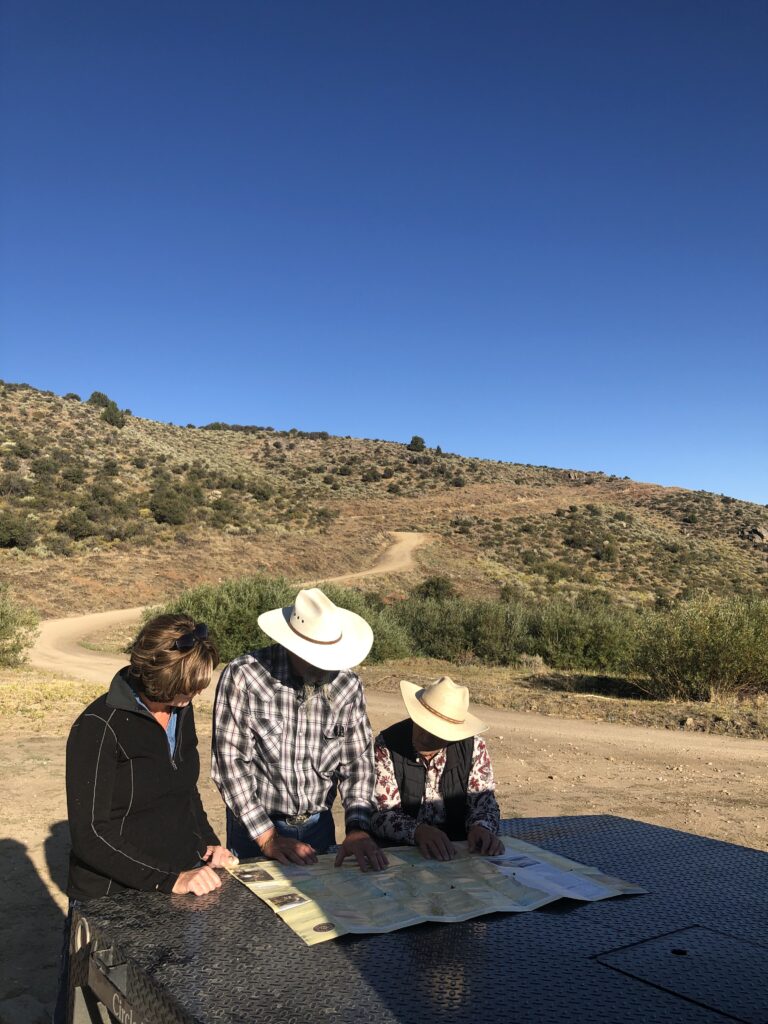
Lesson 3: Curiosity Defuses Conflict
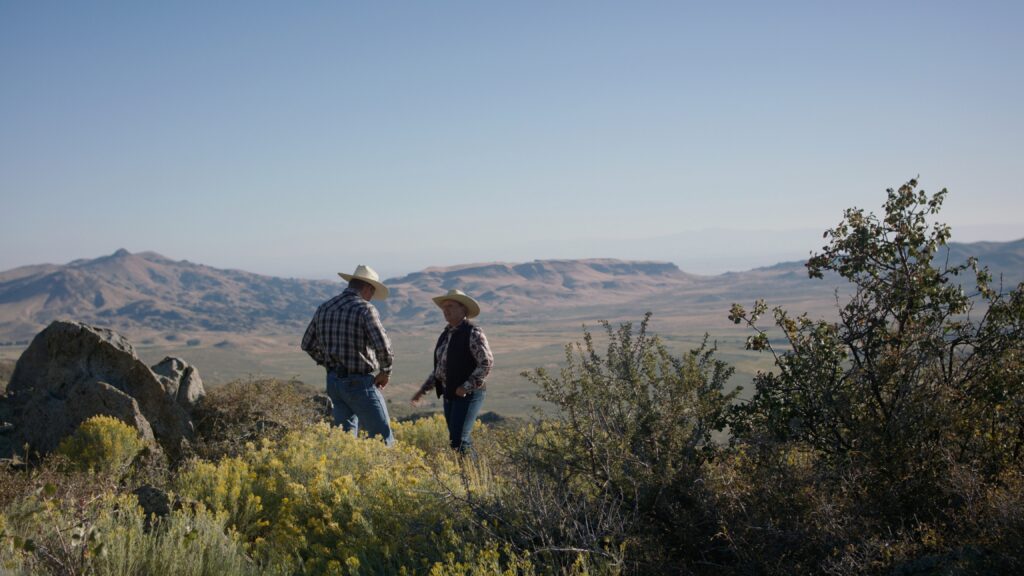
“One aha moment that I remember is regarding these travel management plans that we have on the Owyhee front. We stopped to talk with some people that were on dirt bikes in an area that wasn’t authorized for that kind of motorized recreation. We just explained it to them—just over the hill there is a whole designated motorized area set up specifically for you! I really saw this as an aha moment, talking about the different trail uses, the safety factor, and why so much time and effort was taken for it to be set up that way. They were so cool with the new information! They immediately said, ‘oh wow, we’ll head back and go the other way.’ It could have been confrontational, but if you don’t make it confrontational—if you just explain a little bit—it can be really cool to see them say, ‘I get it, we didn’t know that,’ and even, ‘how do we find out more information about this?’”
“So, sharing information is critical, but so is knowing where people are coming from and why they come out to the country. Everyone out on the land is here for a reason that’s important or special to them, and it really helps to understand that.”
Lesson 4: Lead with Passion—and Let the Conversation Grow
“I love going into these meetings and being able to have everybody learn from each other. I love asking big questions so we can all understand what we’re looking for. I feel like I’m a cheerleader for the end result, and for sharing information. That is really important to me—that we all understand the different perspectives. Everybody might care about the issue for a totally different reason. But once you hear that from somebody else, and it really clicks for you, then it’s easy to move forward.”
“The biggest thing I would say is, be curious. Don’t be afraid to open those conversations, listen and learn, and share your experience. Just don’t be afraid to have those conversations with the human element, and don’t be afraid to think outside the box.”
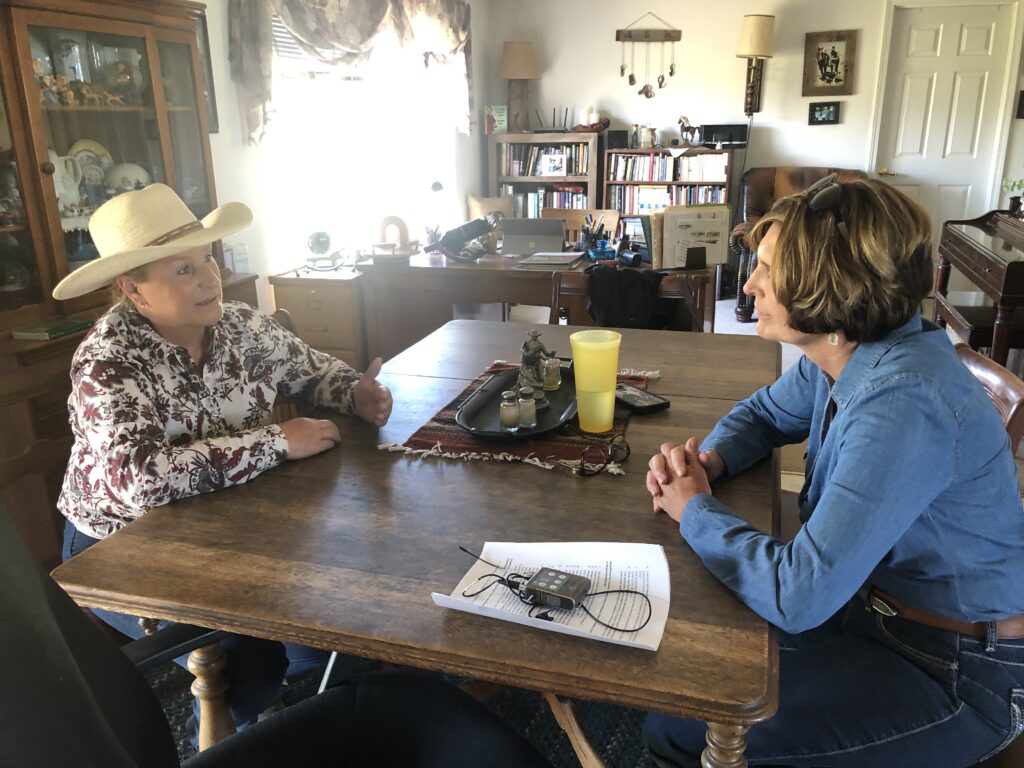
Lesson 5: Think Holistically, Act Locally

“The one thing that I always try to focus on is, what are the key components that make overall rangeland health—because that will make things work for all the diverse interests. You have to look at all the puzzle pieces and realize that they all fit to make the picture whole. If you don’t approach it that way, it’s really easy to take your issue, pull it out of its context, and make it too big to get back into the whole picture… If you take anything out of its context and make it bigger than the whole issue of holistic rangeland health, it doesn’t fit back into the picture and it distorts it.”
“It’s also extremely important to understand that these conservation partnerships need landowners that are often generationally committed to being there on the land. Being able to approach and understand the knowledge that they bring to the table is absolutely crucial. Wildlife doesn’t differentiate land ownership. We’re an intricate part of the whole ecosystem—of keeping the web whole.”
Need help with collective conservation decisionmaking within your own community? This work is tough, but it can be one of the most rewarding parts of the process of making landscapes whole and healthy. The IWJV’s Science to Implementation Team is dedicated to helping land managers make local implementation decisions based on best practices, and members of our Sage Capacity Team (like Brenda!) are at work in communities near you to get the work done. For more information, visit www.IWJV.org. And for more information on Brenda’s work with the Idaho Rangeland Conservation Partnership, visit their website here.
